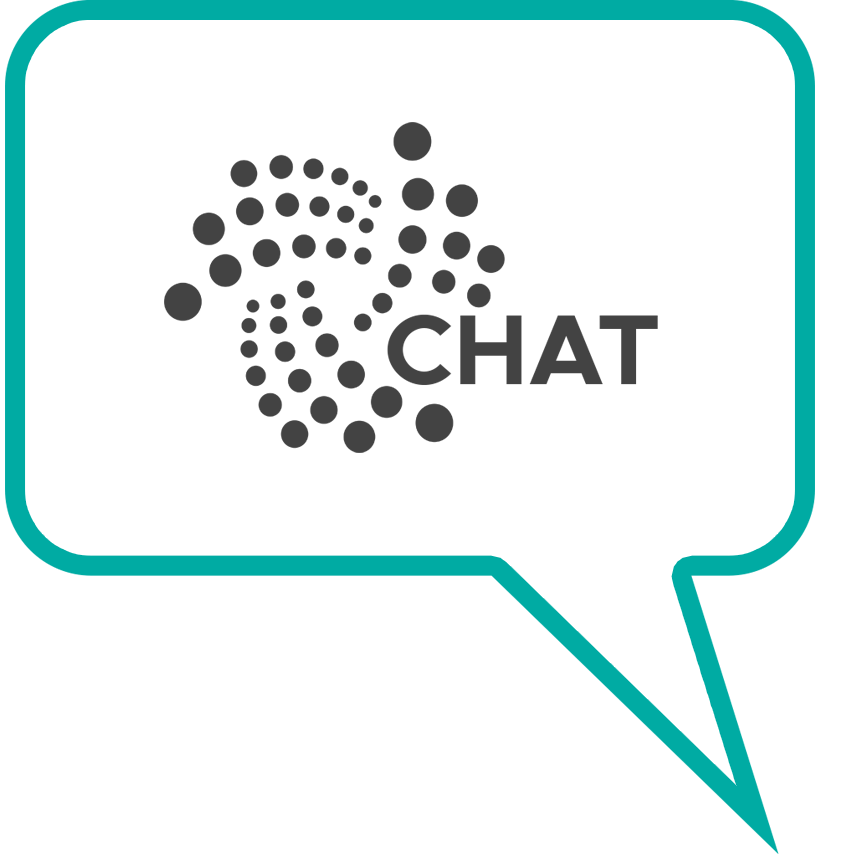
Pantos Project Update: Cross-Blockchain Consensus
The full article was originally published by Pantos on Medium. Read the full article here.
Over the past couple of months, the Pantos project has benefitted from a wide range of structural, personal and organisational changes. Most noticeably, we are now communicating with the community through Telegram and other channels more directly. However, we also started tackling this project from aspects we did not consider so much in the past. A big part of this, of course, comes with the advancement of the project in general. We have extended our scope of business collaborations to the traditional banking sector, we are currently looking at applications with smart grid and supply chain solutions and we are cooperating with the Austrian Blockchain Center (ABC) to distill further possible use cases. On the technical side, we are still looking at approaches to make the relay solution more lightweight, as well as searching for non-relay alternatives which perform better during idle times.
We are consistently reiterating our blockchain review, an internal discussion paper to highlight aspects of blockchains and other ledgers that are of interest for the Pantos network. With the hiring of an additional, dedicated Pantos developer, this will lead to a first prototype connecting blockchain networks other than Ethereum.
In the remainder of this blogpost, we will talk about the “how” of enabling cross-blockchain token transfers in a multi-ledger network, including an implementation plan. We will also highlight the details of global staking, which we currently envision as an integral part of our cross-blockchain solution.
Speaking of thinking, coulds, wants, woulds and other possibilities, dear reader, please keep in mind that Pantos still is a research project. If anyone already knew how to best solve cross-blockchain communication, we wouldn’t need to do the research part. Performing this research keeps revealing insights, ideas and novel approaches. However, even though we believe that the presented thoughts are very close to what the Pantos project will eventually look like as a product, this still is a work in progress. In other words, the Pantos network might resemble the represented ideas in great detail, but there is no guarantee we are not going to come up with a very different and even better solution to our needs.
Connecting a Multiverse of Ledgers
As a cross-blockchain communication protocol, Pantos depends on agreed-upon procedures and roles. We distinguish PAN holders as individuals who want to use the Pantos network, Pantos nodes as agents who participate in the protocol as helping hands, and the Pantos oracle as a means to provide knowledge across blockchains. We identify blockchains and similar structures that are of interest for the Pantos technology as ledgers and finally, the Pantos network itself as a collection of ledgers that need to be connected. Each role, PAN holder, Pantos node and Pantos oracle, comes with a signature, which allows signed information to be unambiguously related with the originating signatory.
Thinking of communication between ledgers, we differentiate between knowledge transfer, where information from one ledger can be requested on another ledger and knowledge synchronisation, where information is created on all ledgers at the same time. Smart contract interaction in the Pantos network can be classified as a special case of knowledge transfer, where the transfer happens in both directions and has impacts on the information that is transferred in return. Token transfer again can be considered as a special case of smart contract interaction, where tokens on one ledger are destroyed in exchange for recreating them on a different ledger.
At any given time, one distinct ledger is identified as the broadcast channel. This broadcast channel is needed to openly communicate protocol necessities, but could also be replaced by a custom P2P network, or even by a server managed by a trusted authority. The only thing we require from the broadcast channel is that it allows distribution of information in a transparent manner and that the publication of information is economically affordable on this channel. The integrity of the published information via the broadcast channel is ensured by the signature principle since malformed and malicious information can be tracked to the originator.
We use the term on-chain to refer to information that is stored on one specific ledger as well as smart contract functions that are executed on one specific ledger. Off-chain on the other hand is information that is shared via the broadcast channel. Off-chain communication is required to follow the protocol. Invalid information or communication that is published on the broadcast channel thus, by definition, is not part of the Pantos protocol. Hence, the broadcast channel has no need of providing communication logic and is not required to have smart contract capabilities itself.
Now, consider the case where a PAN holder wants to send PAN originating on one ledger to another PAN holder on another ledger. Let’s call the PAN holders Michael and Susanne, and the ledgers Ethereum and BSC. In this example, we make use of IOTA’s Tangle as the broadcast channel. We will also include a specific Pantos node called Bernhard to serve as a helping hand with the cross-chain transaction.

